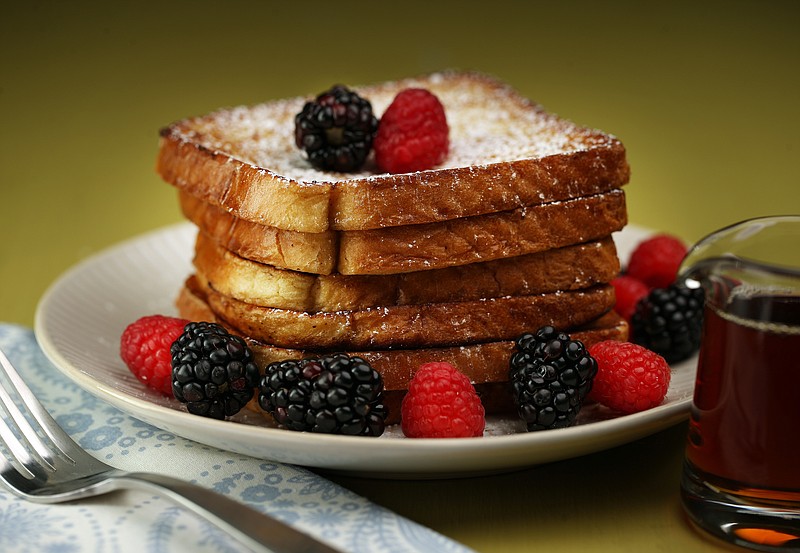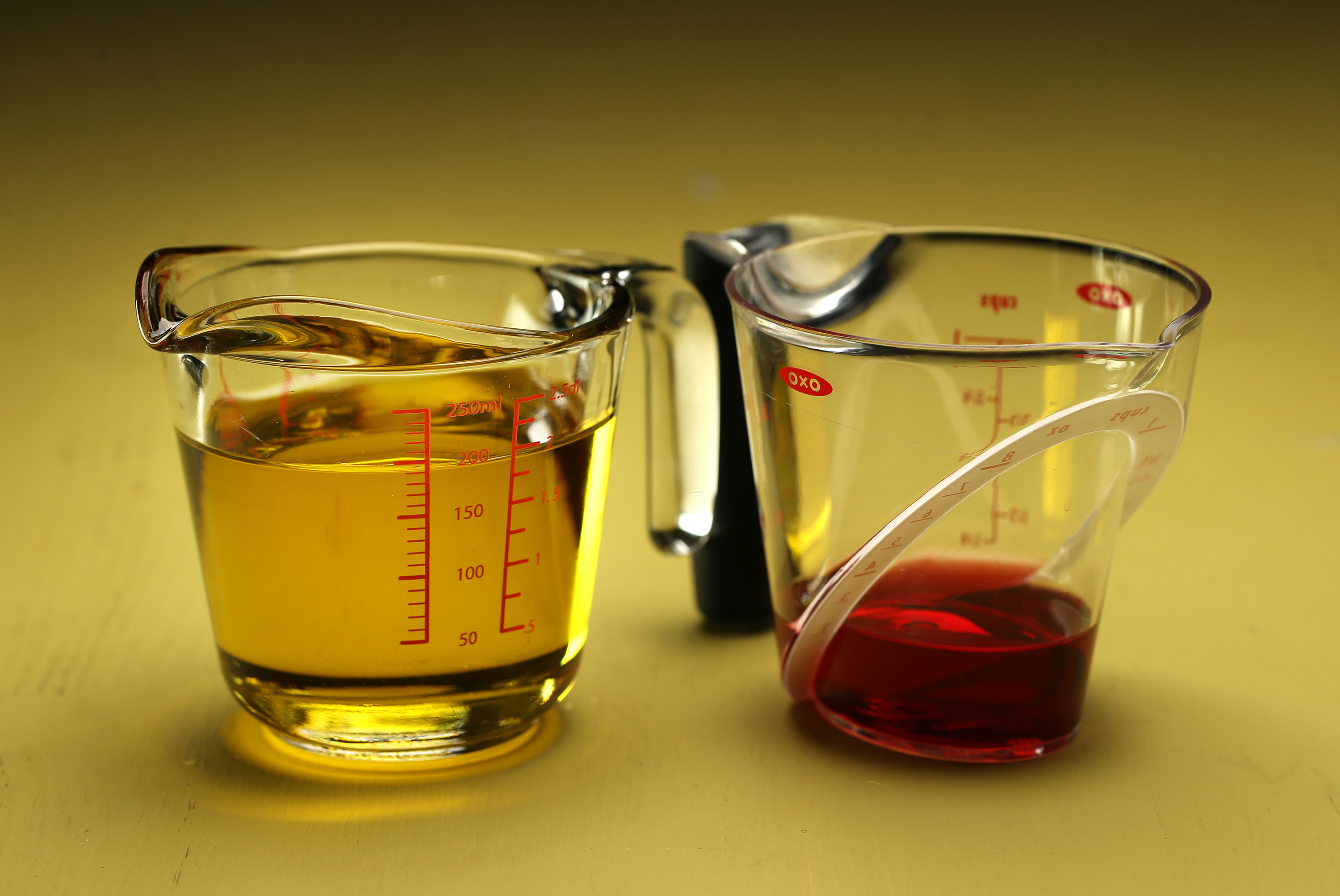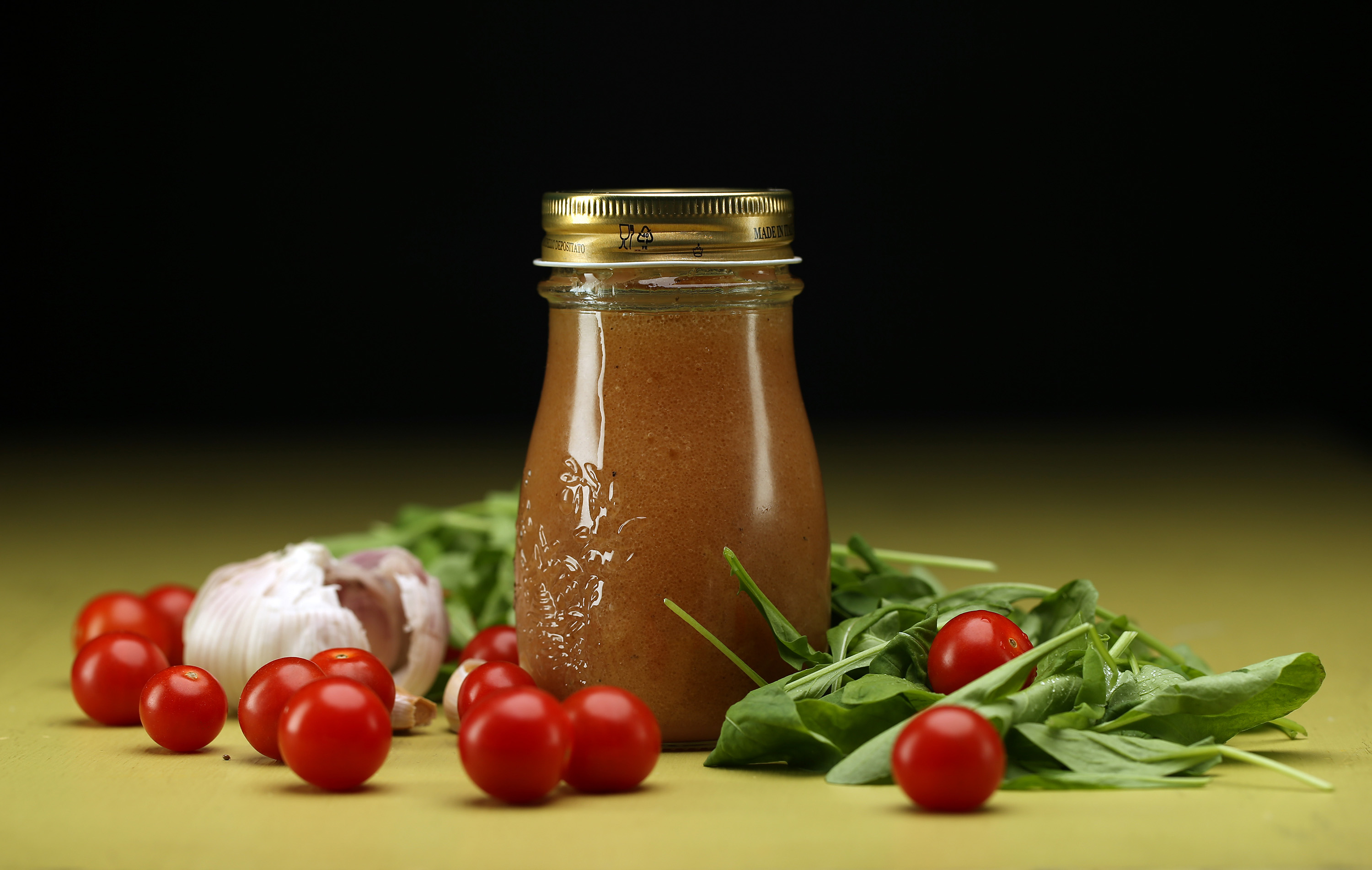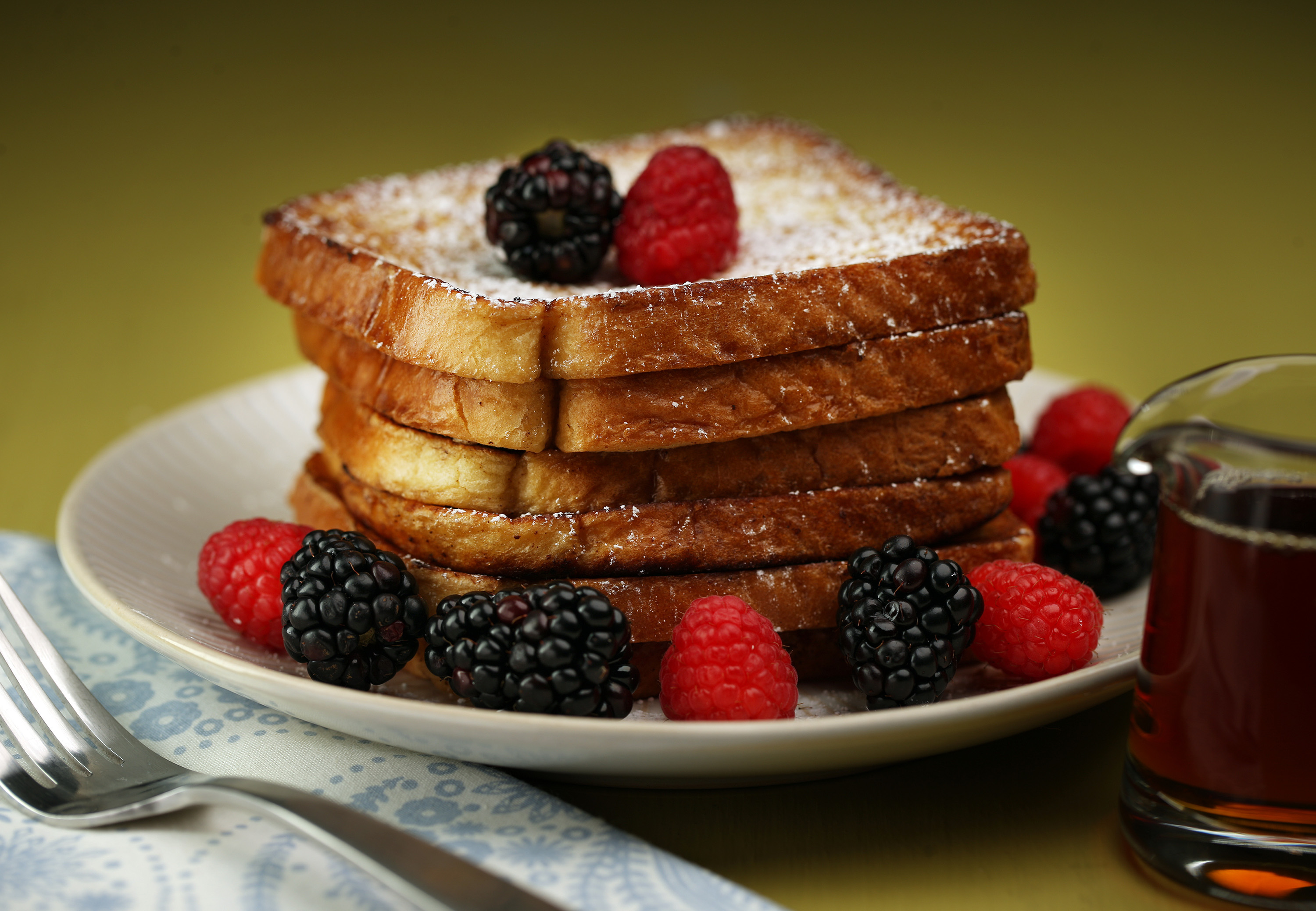Oh, how we've fallen. Why, twern't too long ago that, come suppertime, Pa would tote his shootin' arn out the back 40 and fill a couple varmints with enough buckshot to tenderize their eatin' bits, if you know what I mean.
No?
How 'bout this, then: People used to know how to feed themselves. Currently, not so much.
Sure, we can follow recipes like a chimp and drop F-bombs like Gordon Ramsay, the shouting, often profane TV chef; but when it comes to turning with breezy insouciance the contents of our fridge into something delectable, we seem to have lost our collective woo. Too many of us, raised without proper culinary learnin', find ourselves all growed up with nary a clue as to how to manage the kitchenly arts.
Let's see if we can at least start to fix that.
WHY YOU NEED TO LEARN THIS
Numerous studies have confirmed the correlation between diet and health. People who eat tend to stay alive longer than people who don't. Just sayin'.
THE STEPS YOU TAKE
First, forget all your troubles. Second, c'mon. Get happy. Third, remember that cooking, like nearly everything else, is learned behavior. It's not just following recipes. Imagine your surgeon, scalpel in one hand, copy of "So, This Is The Brain" in the other.
If you haven't had the good fortune to have learned from a culinary expert - a beloved parent or grandparent, for example, who could cook the pants off the aforementioned chef Ramsay - don't take this the wrong way, but it's conceivable you simply may not know what you're doing. And if you don't know what you're doing, you shouldn't expect success, much less perfection.
To become a good or even great cook then, treat the task like any other subject: Study. Practice. And learn from both your mistakes and your successes.
My advice is to start with foods you know. It's why it's easier for an English speaker to learn French than, say, Welsh, because French is more familiar because of its similarity to English. The English word "student," for example, is "etudiante" in French, whereas in Welsh it's "myfyriwr." I tried pronouncing that word and bit my tongue.
To learn to cook without a net, then, start with things you already know, like a simple tomato sauce, or French toast, or a vinaigrette. And think about the following, in no particular order:
1. Knowing what something's supposed to be before you start gives you a fighting chance of reproducing it. Like that simple tomato sauce. Do this: Brown some bulk, hot Italian sausage over medium-high heat in a little oil, then add some canned crushed tomatoes and simmer. The spices in the sausage will season the tomatoes and the result will both look and taste like what you'd call spaghetti sauce.
2. Look for ratios. For example, long grain and parboiled rice are 2 parts liquid to 1 part rice. And a lovely sauce to decorate said rice can be obtained with a ratio of 8 parts liquid (like flavorful chicken broth) to 1 part roux. (Roux itself is a ratio: equal weights of fat and flour cooked together).
Or what about when you want a nice, fresh salad, but that grotty bottled dressing serves only to enrage. A basic vinaigrette is a 3-to-1 emulsion of oil to vinegar. Pour it all into a screw-top jar. Add a pinch of salt, and shake like Charo's hips. (That line would have killed in 1974.) Not necessary, but you can stabilize the emulsion with a little mustard and complexifize the flavor with a bit of honey or maple syrup, a spill of hot sauce, some fresh herbs or a little minced garlic or onion.
Here's one more: Let's say your crew, fresh from their negative COVID-19 tests, have arrived at your place and, their senses of taste and smell intact, they're craving French toast. You recall that a couple eggs whisked with an equalish volume of milk, a splash of vanilla extract and a dusting of cinnamon will produce about half a dozen pieces of French toast. Doing the math in your brainiac head, you scale up that "recipe" with more eggs and an equal measure of milk. See? Math is our friend.
3. Salt. Generally, added salt comprises approximately 1% of a recipe's total weight. Consider this, then: A teaspoon of table salt weighs about 6 grams. That means that a teaspoon of salt will season 600 grams, or about 1.3 pounds, of food, enough for two moderate humans. Note that different types of salt - table, kosher, sea - and even different brands, have different weights per volume. Thus, taste as you go.
4. Herbs and spices, which we'll conflate into one word: spices. Typically, spices are used somewhat sparingly. Look through a handful of random recipes and you'll see lots of half teaspoons. Consider that different containers of the same herbs and spices will have different potencies, and you'll understand that it's just this side of random. Again: Taste as you go. You can always add more basil, right?
5. Learn to eyeball. Measure a quarter teaspoon of salt or spice into the palm of your hand to see what it looks like. Add another quarter teaspoon to see a half teaspoon. Add another half teaspoon to see what one teaspoon looks like. Finally, add two more teaspoons to see what a tablespoon looks like. Dig? Eyeballing allows you to cook without wasting precious minutes searching for your consarned measuring spoons.
To conclude: Exercise the same patience in cooking as you would in any other endeavor. Observe your processes and learn, as I said earlier, from both your mistakes and triumphs. Then, shout "hallelujah."
Cursingly Tasty Vinaigrette
Prep: 5 minutes
Makes: 1 cup
1/4 cup red wine vinegar or sherry vinegar
1 to 2 teaspoons mustard
1 tablespoon maple syrup (optional)
Dashes of hot sauce as needed (optional)
1/4 teaspoon garlic powder or 1 clove garlic, minced (optional)
1/2 teaspoon salt
1/8 teaspoon black pepper
3/4 cup extra-virgin olive oil
To make in a bowl:
Whisk first seven ingredients in a small bowl.
Whisk in a couple teaspoons of olive oil to create emulsion. Continue whisking as you drizzle in remaining oil in a steady stream.
To make in a covered jar:
In a small, lidded jar, shake first seven ingredients with great vigor.
Add a couple teaspoons of olive oil, and shake to create emulsion. Add about a third of remaining oil, and shake to emulsify. Add remaining oil, and shake again.
Or, if you're in a hurry or simply not worried about the homogeneity of your emulsion, simply combine all ingredients in a lidded jar and shake like one of those paint mixing machines at the hardware store.
Note: Vinaigrettes can keep several days in the fridge, but the oil likely will solidify. Simply take it out 30 minutes before using, then whisk or shake everything together again.
Nutrition information per serving: 90 calories, 10 grams fat, 1 gram saturated fat, 77 milligrams sodium, no cholesterol, carbohydrates, sugar, protein or fiber.
French Toast
Prep: 5 minutes
Cook: 15 minutes
Makes: 6 pieces
2 eggs
1/2 cup milk
1/4 teaspoon ground cinnamon
1/2 teaspoon vanilla extract
Butter or oil as needed
6 slices bread
Maple syrup, sour cream, powdered sugar, fresh fruit
Crack eggs into a mixing bowl; whisk until homogenous, about 10 seconds.
Whisk in milk, cinnamon and vanilla extract until homogenous, about 15 seconds.
Heat a skillet over medium to medium-high heat. Add butter or oil; tilt pan to distribute evenly across surface.
Dunk bread slices one at a time into egg mixture. Remove from mixture, let drip back into bowl, then place in pan. Do as many slices as will fit comfortably in pan. Cook bread until golden brown on one side, 2-3 minutes; flip and repeat. Transfer to a warm plate and finish cooking remaining bread.
Serve immediately with syrup, sour cream, powdered sugar and/or fresh fruit.
Nutrition information per serving: 199 calories, 7 grams fat, 3 grams saturated fat, 74 milligrams cholesterol, 27 grams carbohydrates, 5 grams sugar, 7 grams protein, 304 milligrams sodium, 1 gram fiber.
Two-Ingredient Tomato Sauce
Prep: 5 minutes
Cook: 25 minutes
Makes: 4 to 8 servings
Yes, there are more than two ingredients, but two main ingredients, OK? Leave me alone.
Olive oil or any neutral oil
1 pound bulk hot Italian sausage
1/2 large onion, peeled, diced, optional
1 can (28 ounces) crushed tomatoes
Broth or water, optional
1 pound pasta, cooked according to package directions
Salt as needed (optional)
Heat a heavy-bottomed saucepan over medium-high heat. When hot, add oil to cover bottom of pan. Add sausage and onion if using. Cook, stirring, until sausage is cooked all the way through, 5 to 10 minutes.
Stir in tomatoes; simmer until flavors are melded, 15 to 20 minutes. If it looks too thick, thin as needed with some broth or water. Taste for seasoning; add salt if necessary.
Serve immediately over the pasta.
Nutrition information per serving: 380 calories, 13 grams fat, 3 grams saturated fat, 16 milligrams cholesterol, 51 grams carbohydrates, 6 grams sugar, 15 grams protein, 401 milligrams sodium, 4 grams fiber.



